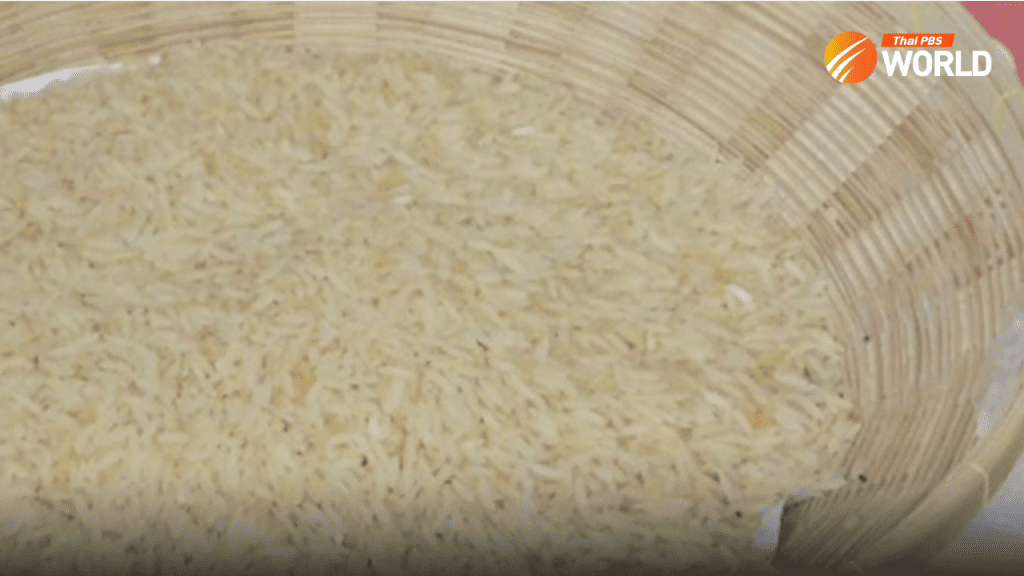Thailand’s Rice Science Centre has urged the government to reconsider its decision to sell rice from the controversial rice pledging scheme which is a decade old, and to permit experts to examine the rice to ensure it is safe for consumption.
The centre referred to a statement by Professor Dr. Apichart Vanavichit, former head of the centre at Kasetsart University, and his team, regarding the old rice and the factors that should be taken into account before people consume it.
As per the commentary, the first factor to consider is the quality of the rice storage. It must have been stored in a cold and dry place, away from sunlight and moisture. In addition, to maintain its quality during extended storage, the rice should also be kept in an environment with minimal oxygen.
Another consideration is to check if the rice shows any signs of deterioration, such as changes in color, unusual odors, presence of rice weevils or fungi. Over time, the nutritional value of the rice diminishes, even if it is still safe to eat.
The third consideration involves the numerous fumigations that the rice has undergone, which might result in chemical residues like methyl bromide and aluminium phosphide. Aged rice could also contain toxins produced by fungi, like aflatoxin and ochratoxin A, which are harmful to health.
Over time, stored grain may oxidize, leading to the presence of residues known as phosphorus-oxyacids and orthophosphate. These substances cannot be removed through heat or air circulation.
Upon contact with water, aluminium phosphide (AIP) generates hydrogen phosphine (PH3), which can be absorbed through the stomach, causing nausea, breathing problems, and potentially, death in severe cases.









